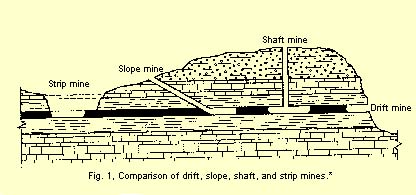pH is the measure of how acidic the water is. The scale is (0.0 - 14.0) And 7.0 is the neutral state of pH in water where a creature could live in it.
Like the pH balance of a pool!
Dissolved oxygen measures the amount of molecular oxygen in water. It does not measure the amount of oxygen in water, but only dissolved water. Basically, this is to tell how much oxygen is in water to determine if plant and animal life can live there. If the levels are low, animals can die.
Nitrates are the most important form of nitrogen in water because it promotes growth and reproduction of many pants and algae. It's pretty limited, considering plants use most of them for growth.

Conductivity measures the water's ability for an electrical current. It measures by a total of dissolved solids.
Pure water is a poor conductor. Phosphates are a major source of eutrophication, and is used in fertilizers and detergents.
Turbidity is the measure of how clear water is. Large amounts of sediment suspended in the water causes an increase in turbidity, creating a foggy water atmosphere.
E coli is an indicator species in water, found in intestines of warm blooded organisms. E coli is generally not good for humans and animals. E coli is poop.











